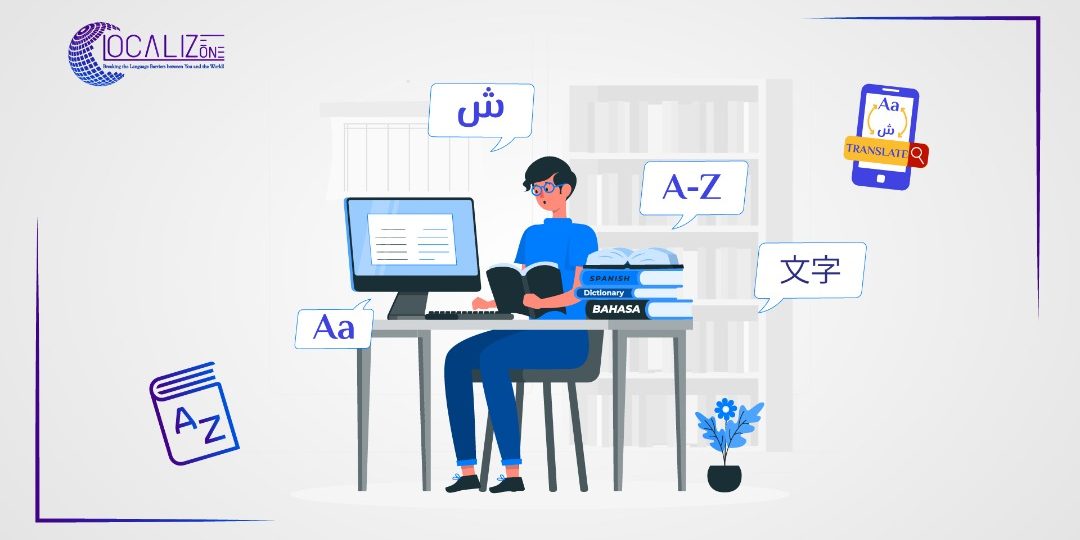
With the variety of spoken languages around the world, translation jobs have grabbed the world’s attention. Translation helps you understand the world, but with those benefits, some obstacles face anyone who works in the translation field. In this article, we will get to know some of them.
- Structure of the Language
One of the many obstacles that face any translator is the structure of the language, As Every language has its own structure of words and sentences that have parts combined with a pattern of sound or gesture. And that may become a challenge for translators as a simple sentence in English has a subject, verb, and object — in that order. For example, “Cats hate water.” But not every language shares this structure. Korean typically follows a sequence of the subject, then object, then verb. While it is described as “I like swimming” In English, it is portrayed as “I swimming like” in Korean.
- Words with Several Meanings
All languages have multiple meanings for any given word because each speaker has different connotations with a word depending on their experiences.
For example, words with multiple meanings exist in the English language. Technically, almost every word has multiple meanings based on the way they are used in the sentence. Sometimes the meanings may be very different. This can be confusing for translators.
Below is a list of common words with multiple meanings examples.
- FAST
- Verb–to not eat. Muslims fast during the month of Ramadan.
- Adverb–with speed. My brother drives too fast.
- BREAK
-
- Verb–to shatter something. Be careful. Don’t break that dish.
- Verb–to tell somebody some news. I hate to break this to you, but you did not get the job.
- Noun–a rest. You may take a 10-minute break.
In Spanish, the verb “esperar” can be translated as “to hope”, “to expect” or “to wait”, depending on the context.

3. Translating Idioms and Expressions
Translators may not realize this but idioms are not the same in each language and cannot directly be translated. Being a fluent speaker or even a native speaker you can sometimes find these confusing, Idioms cannot simply be translated word for word as the context does not transfer; These expressions are essential but also challenging to translate
you need knowledge of the original language to understand it and knowledge of the target language to find the equivalent.
4. 100% accurate translations
What you can’t accept, is undeniable errors: mistranslations, grammar mistakes, typos, or literal translations that carry an unintended meaning, and 100% accurate translations are the target for every team of translators but reaching that 100% benchmark is no easy task. In fact, many linguists will tell you 100% accurate translations are impossible because any given sentence could be translated in several ways, depending on the context
5. Tone and style
When you’re translating content from one language into another, it’s not always easy to maintain the same tone and style. Consistency is key, and your translators need to think about the impact your translated content has on each audience and the technical accuracy of the translations they produce. Nobody says translation is easy, but it’s often more demanding than people realize – until it goes wrong. So don’t demand anything less than quality translation services when it comes to taking your business to international audiences.
Enhance your translated business and contact us for more translation services.








